May Update: Earnings, Sticky Inflation Fuel Markets
April witnessed a pullback in major U.S. equity markets after a robust March, marked by escalating Treasury yields and a focus on corporate earnings alongside the Federal Reserve's policy meeting. Let’s dive into the financial developments of the past month and consider their broader implications.
Market Movements: A Pause in the Rally
Despite encountering headwinds, U.S. stock indices have rewarded investors handsomely in 2024. However, April served as a slight pause in the upward trajectory. The S&P 500 and Nasdaq 100 both snapped their five-month winning streaks, registering their first declines since last October. The S&P 500 decreased by 4.16%, the Nasdaq 100 by 4.46%, and the Dow Jones Industrial Average saw a 5.00% reduction.
Inflation Continues to Stir Economic Waters
Inflation remains a persistent concern, with the Consumer Price Index (CPI) escalating to 0.4% month-over-month and 3.5% year-over-year in March, surpassing expectations. This uptick has kept inflation firmly in the spotlight, influencing market movements and investor sentiment. On the flip side, the Producer Price Index (PPI) for March provided a slight respite, showing a moderate 0.2% increase in wholesale prices, which was below the anticipated 0.3%.
Federal Reserve Holds Steady
In its May 1st meeting, the Federal Reserve opted to maintain interest rates at 5.25% - 5.50%. The central bank's cautious stance, aiming for a sustainable reduction in inflation towards the 2 percent target, suggests that rate cuts are not on the immediate horizon. This decision reflects ongoing concerns about inflationary pressures, despite the stabilizing economic indicators.
Employment and the Economy: A Silver Lining?
April’s labor market report was a mixed bag, with job additions totaling 175,000 against expectations of 240,000. This slowdown was greeted positively by markets, as it indicated a potential cooling of the economy, reviving hopes for future rate cuts. The slight uptick in the unemployment rate to 3.9% might be a precursor to more moderate inflation, providing a breather to policymakers.
Cryptocurrency and Market Sentiments
Cryptocurrency markets also felt the heat, with Bitcoin dipping below $60,000 amid broader market corrections and diminished expectations for a Fed rate cut. The shifting macroeconomic environment and rising interest rates have lessened the allure of cryptocurrencies as an investment class, evident from the capital outflows from major Bitcoin ETFs.
Corporate Earnings: A Mixed Bag with Bright Spots
The earnings landscape was particularly vibrant, with major tech giants like Alphabet and Microsoft surpassing expectations, buoyed by increased AI expenditures. Alphabet’s introduction of its first-ever dividend reflects a strong financial position and commitment to shareholder returns. However, not all was rosy, as Meta Platforms faced setbacks due to its AI spending, despite strong revenue growth.
Looking Ahead: Navigating Macroeconomics and Corporate Performance
As we navigate through contrasting dynamics of macroeconomic challenges and corporate earnings resilience, the focus remains on strategic investment in areas like AI, which continue to attract significant capital. The ongoing adjustments in interest rates and inflation will dictate market movements, making it crucial for investors to stay informed and agile.
Benson Wealth Management remains dedicated to providing timely updates and strategic insights to help you navigate this complex environment. Should you have any questions about the current market landscape or wish to discuss tailored investment strategies, please feel free to reach out to us.
Stay tuned for more updates and analysis from our team as we continue to monitor these evolving financial trends.




